Up Next

The best Formula 1 drivers have unshakeable belief in their ability. Almost to a fault: maybe because the line between self-criticism and self-doubt is blurry, it’s best to steer well clear.
Often though, it is testament to supreme confidence. Lewis Hamilton has been averse to criticising himself in public. Especially in the early part of his F1 career. Because like other greats, the usual suspects like Michael Schumacher and Ayrton Senna, his belief in his ability is total.
Now Hamilton is in the latter stages of his career he is more reflective, and though he finds it no easier to come to terms with his own errors – ever the perfectionist, another trait of the unfathomably successful – he has at least made his peace with acknowledging them.
But does that mean he has come to doubt himself?
“No,” Hamilton replies emphatically. “It’s really strange. I have that question and sometimes that feeling on with other things. There’re things you try, and you keep failing and you’re like, ‘dang, I suck’.
“I can be really negative for a moment, then I’m like, ‘no, keep going, keep going’. So, I still have the willpower to get past that wall that hits me in the face.
“But when it comes to driving, no, I’ve done it my whole life. It’s given me so much confidence. I get in the car, put this helmet on and I’m able to be whoever I want to be.
“I can be Superman under that helmet if I want to be.”
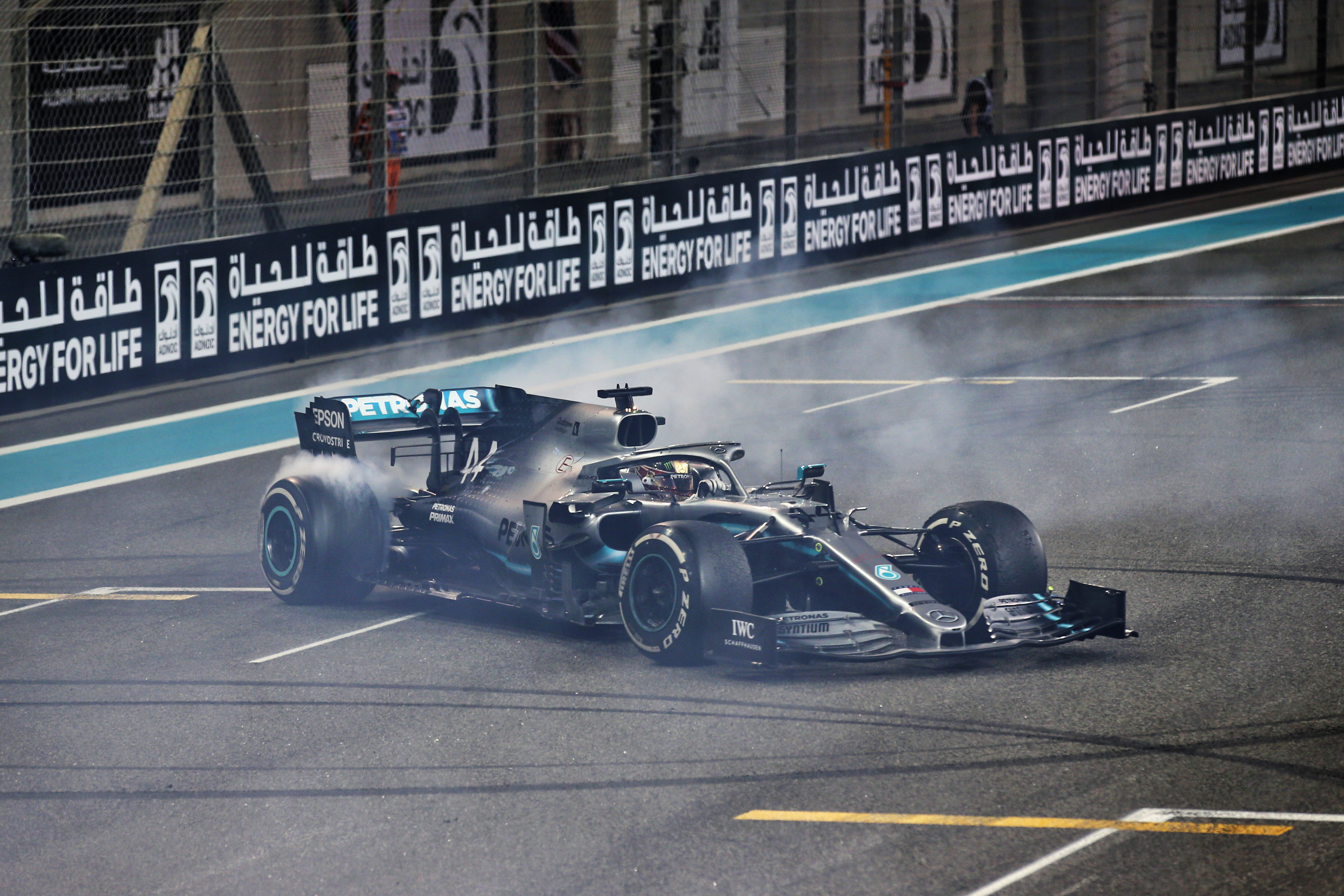
Reality bears that out. Hamilton is undefeated in his last three title contests and his apparent invulnerability at Mercedes has a major ‘Man of Steel’ vibe.
But to keep that analogy going means there is presumably a kryptonite for Hamilton’s rivals to exploit. In his weaker seasons this has been ill-judged actions off-track, clumsy driving on it, or factors out of his control such as reliability or an inferior car.
Those weaker seasons feel consigned to the past, though. Hamilton’s strength, the foundation of his imperious present form but a core component of his life since childhood, lies in learning to do as much as possible to protect himself from potential threats.
As a kid, that was learning karate. “I was bullied at school,” Hamilton admits in a Mercedes video. “I was the little kid and bullied by the big kids.
“So, I was very much within my cocoon. In my own space. I was very quiet.
“But when I get in the car, I was able to put out my elbows and stand up for myself.
“Eventually I got confidence. I was able to help stand up for others in school, because I went to karate and got a black belt. I could whoop someone’s butt! Which was amazing.
“But I don’t doubt myself in the car. I think there was, a long, long, long time ago [that I did], when I was in Formula Renault. But I got up and went for like a 14-mile run the next day, and it passed.”
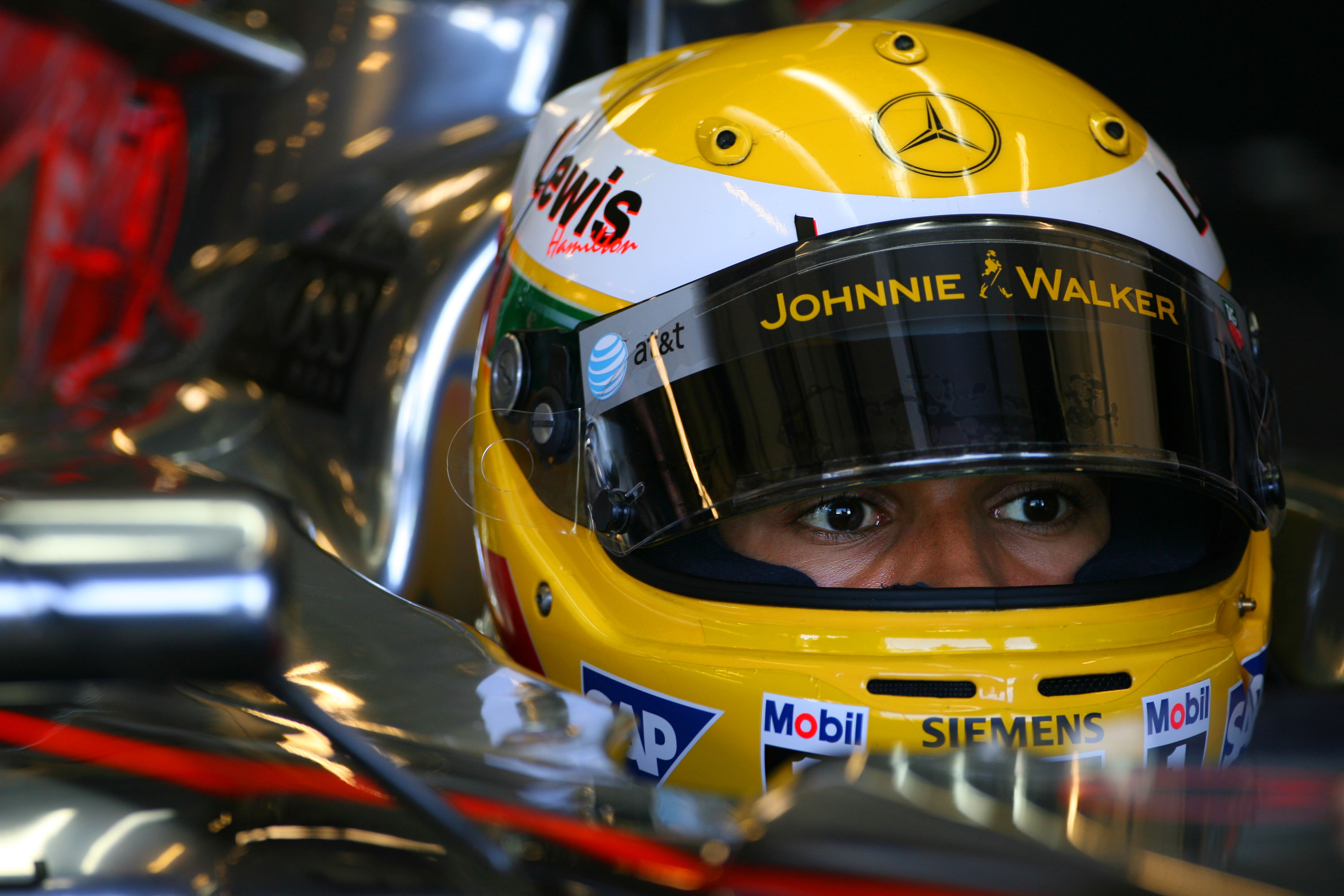
In racing, success means the self-doubt has taken care of itself. So Hamilton has never had to worry about a weakness that hampers lesser drivers.
But that success was achieved because of other areas he has worked to improve, from those early days in Formula Renault to Formula 3, GP2 and every season he has spent in F1.
The heartbreak of his 2007 title defeat, the challenging 2009 season with a poor car, the error-strewn 2011 campaign and the frustration of setbacks costing him a championship challenge in 2012: these will have yielded major lessons for Hamilton.
But he objects to the suggestion that being so successful means it’s hard to find ways to improve, even though he concedes there is “more to learn when you have failures and that’s where the biggest growth comes”.
Nico Rosberg said last year, whether to stoke controversy or just make an honest observation, that Hamilton’s reaching a stage where his physical abilities are fading. What he’s doing, according to the only man to defeat him over a season since 2013, is compensating with experience.
However, those who work closely with Hamilton suggest that’s not the case. Yes, the experience is increasing all the time. Yes, the savviness is supreme. But the degradation of other skills has not started.
Somehow, Hamilton’s not only staving off a decline that he could arguably be at least a year or two into. He’s getting better with success.
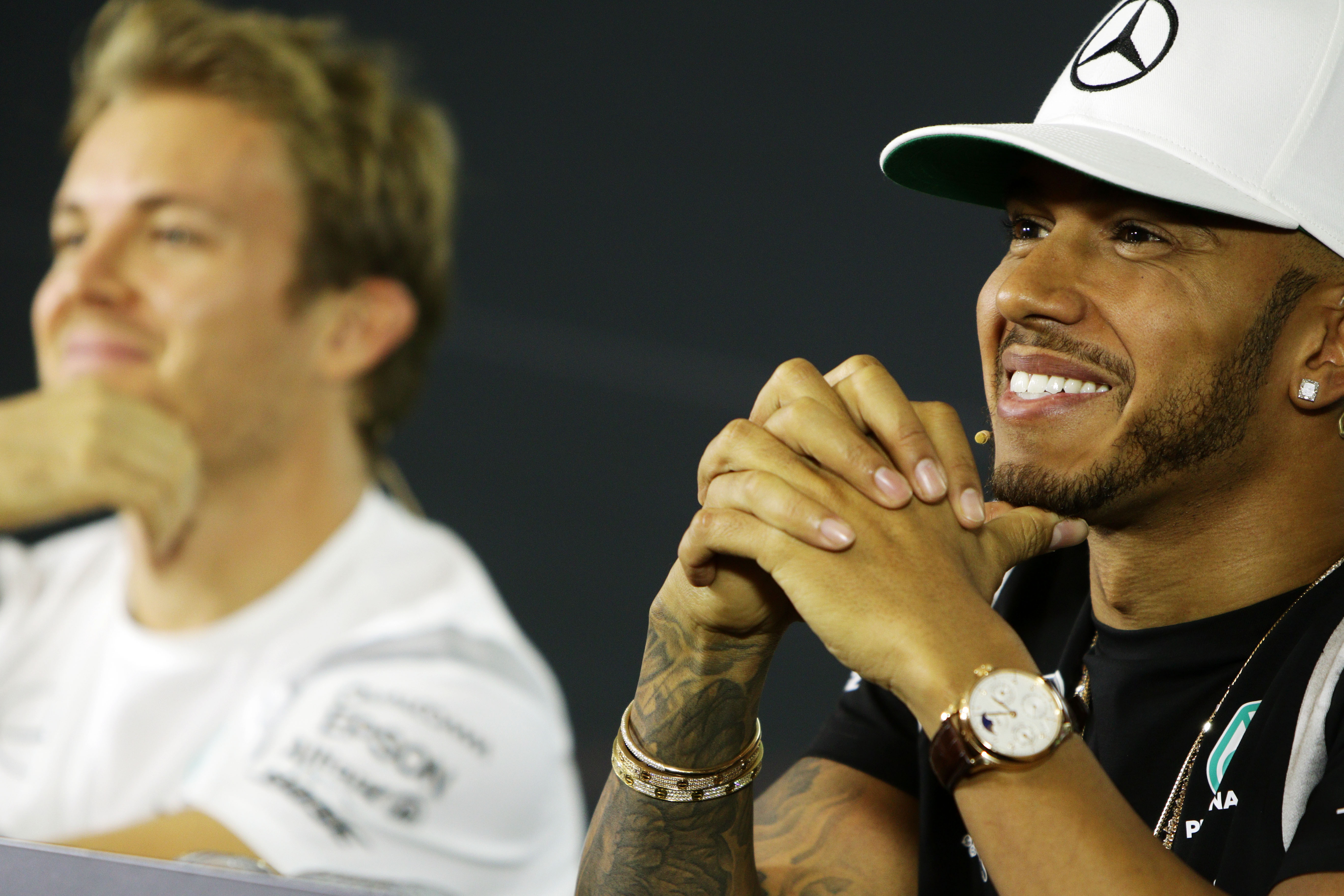
“I’m reading up about Michael Jordan right now and the team that he had around him and his incredible career, the greatest of all time, and a few other athletes out there,” says Hamilton.
“You’ve got to find ways of growing from the success. I think that’s very much part of our working ethic [at Mercedes]. We’ve had wins, come straight back, we do a debrief, and we don’t skip anything.
“I’ve tried to be as critical and positive criticism on the car, on the team’s performance, but then also mine. You’ve got to be as honest as you can be.
“I go away usually and over the next few days, I’m looking over the race results, looking at data, because I know in the race where I could have done better.
“It could be the pitlane entry, it could be exiting the pit box, it could be not maximising your qualifying lap, it could be mistakes and time you’ve lost through the race, because you’re always chasing time and you don’t like losing it.
“There are so many areas and you’re chasing perfection. There’s not been a single race that’s been perfect. There’s been times where it’s been really close. And it’s a great feeling when you feel close but you’re like, ‘ah, still not there’.
“So, I’ve got more work to do.”
Rosberg had a huge part to play in why Hamilton’s been able to make such a step over the last three seasons. Hamilton’s title defeat in 2016, when external circumstances swung the fight in Rosberg’s favour, taught the Briton a valuable lesson: good enough is never good enough.
Hamilton has never been one to settle for what he already has and has spent years trying to strive for more. But the Rosberg defeat took it to new extremes: if you’ve won 11 races in a season, push for 12. If you have a 100-point lead, make it 101.
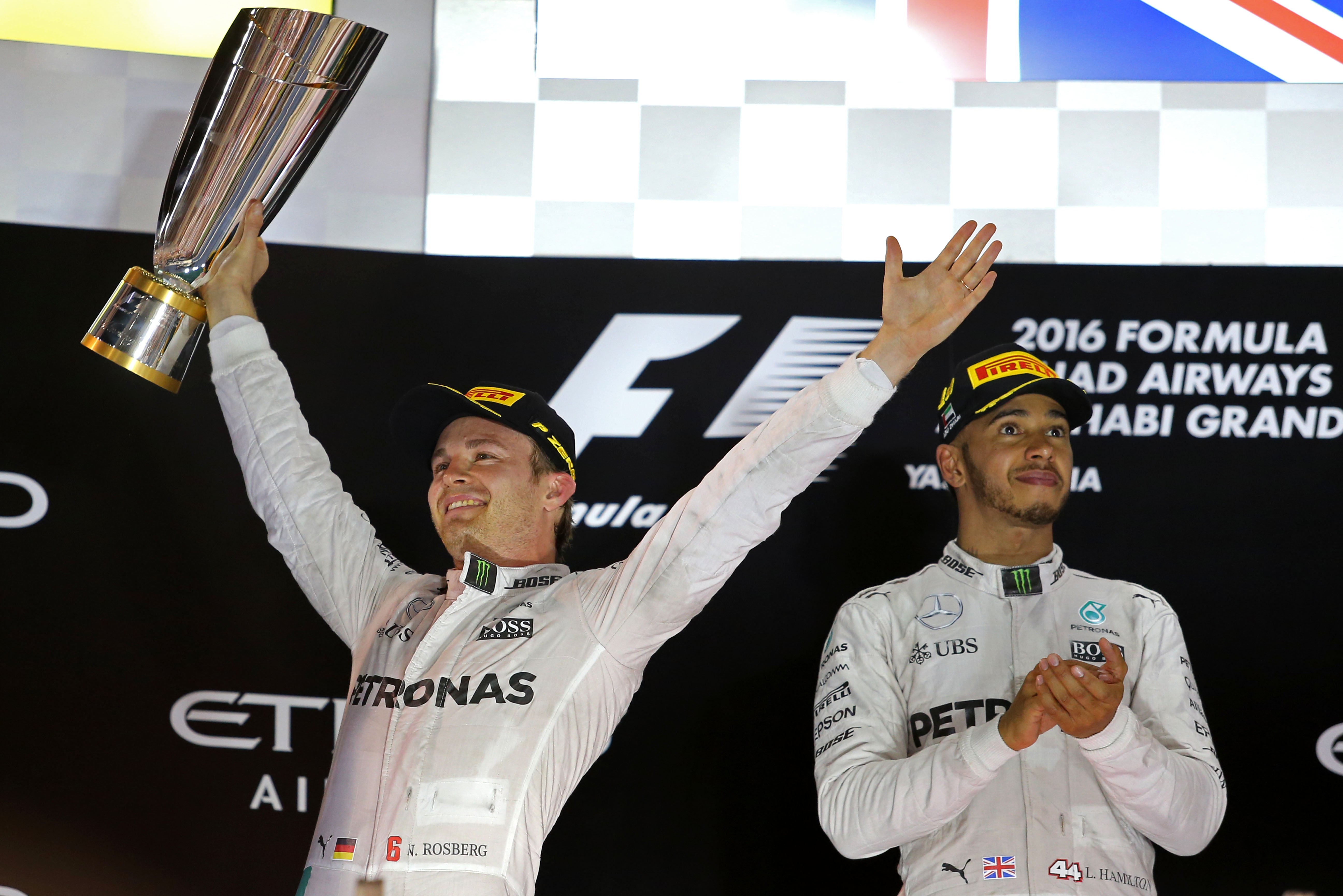
That gels perfect with Hamilton’s insatiable work ethic and creates a powerful combination of dedication, focus and talent. But it takes years for that to pay off, so Hamilton has also learned to be patient.
Let’s approach that from a different perspective. In early 2002, the actor Will Smith was fresh from playing the role of Muhammad Ali in a biopic about the legendary boxer.
Smith appeared on a US talk show to discuss the challenges that involved, physically and mentally, which led to a discussion about the actor’s mindset and work ethic. He produced a metaphor for patience and diligence that was based on an experience from his youth.
“You don’t set out to build a wall,” said Smith. “You don’t say: ‘I’m going to build the biggest, baddest, greatest wall that’s ever been built.’
“You don’t start there. You say: ‘I’m gonna lay this brick as perfectly as a brick can be laid. There will not be one brick on the face of the Earth that’s gonna be laid better than this brick I’m gonna lay in the next 10 minutes.’
“You do that every single day, and soon you have a wall.”
Smith reckoned that gave him a psychological edge over most of his competition in the music and film industries. “It’s difficult to take the first step when you look at how big the task is,” he added.
“The task is never huge to me. It’s always just one brick.”
This is directly applicable to the record-shattering methodology that has taken Hamilton to new heights in F1, and sounds like exactly the sort of thing Hamilton might say, too.
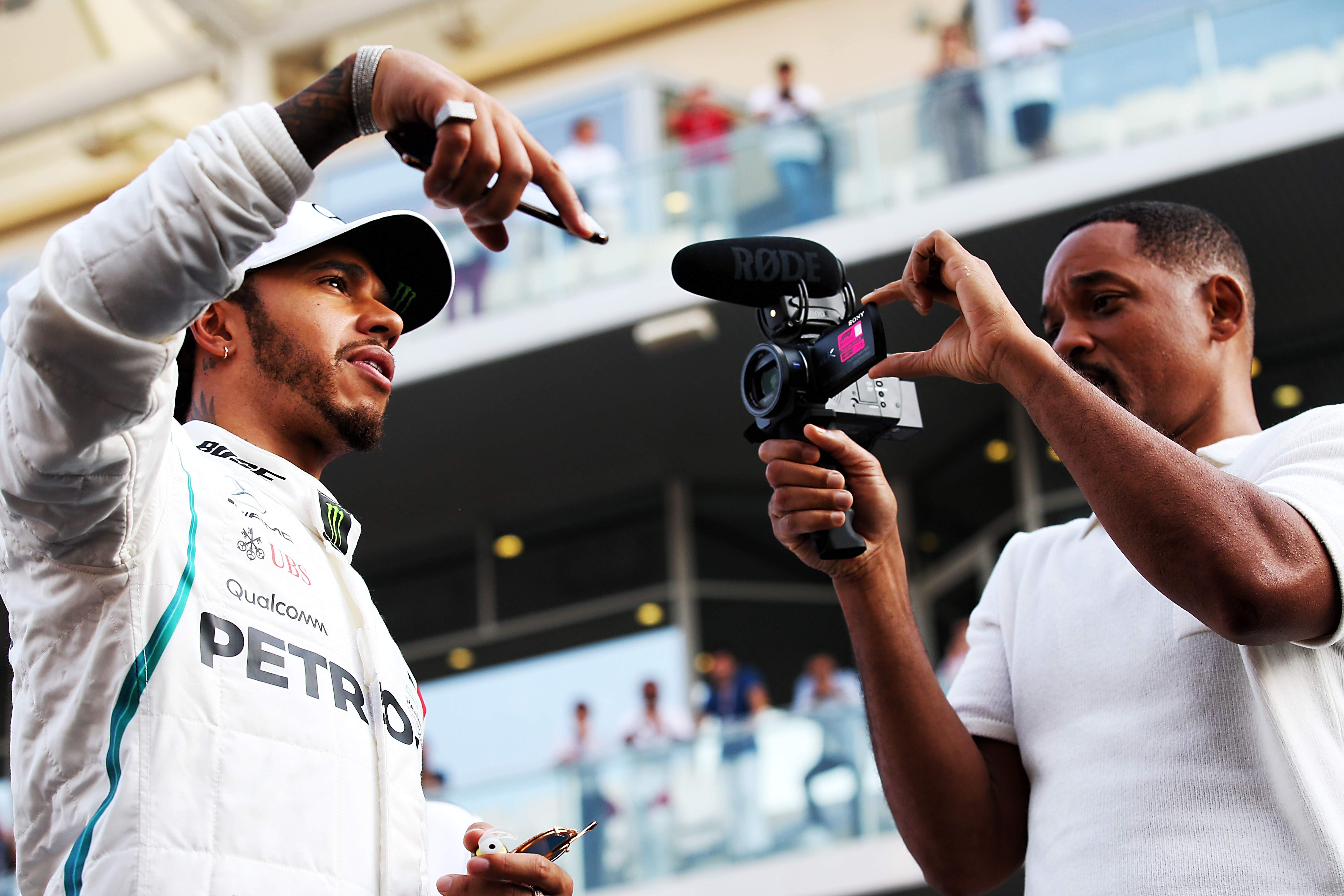
The brick-by-brick analogy captures Hamilton’s process-driven approach perfectly. While his primary goal remains the same, to win the world championship, each individual act is motivated by that objective, but not guided or blinded by it.
To achieve it, Hamilton knows he needs to break that down further, “to work and grow with the team and to come with a more fierce, more energised, fitter, more impactful performance as an athlete and as a driver”.
Distractions like media commitments, sponsor engagements, criss-crossing over the globe, are the kryptonite to his Superman. He adds more chaos into the mix with his own exploits in the fashion industry but draws fresh energy from them as well.
Take his whirlwind September of 2018: victory at Monza, home to Monaco, fly to China for a fashion launch of his Tommy Hilfiger collaboration, back to Europe for a friend’s wedding, then to New York for another event, and finally to Singapore, where he produced an eye-bulgingly good qualifying lap and won at Mercedes’ weakest track.
So while Hamilton feels the rough and tumble of a season – “you don’t know what’s up and what’s down at some stages through the through the year, because you get pulled left, right and centre” – he is always focused on the immediate task at hand, and capable of immediately switching to the next one.
He never coasts off the inertia of past success. That’s too passive.
“It comes with experience,” says Hamilton. “And there’s no substitute for experience.
“That’s a real positive for me today: I still feel super young right now, I feel like I’m in my 20s still, and probably even more so mentally. I’m still the kid that I was when I was younger.
“I just have this knowledge and this experience I can add to the talent that I had as a kid.
“So, I’m like, ‘damn, if I add that and I work even harder, jeez, there’s not really a massive limit to where I can go with this’.”
That experience is another critical part of Hamilton’s journey.
In an F1 context his career is seen two-dimensionally. He was an astonishing rookie in 2007, should have won the world title in his first year, but managed it in the second. Now he’s a superstar delivering on all that promise because he’s got a car and team to match his prodigious talent.
But Hamilton’s first title didn’t just come after two years and 36 races in F1. His next five didn’t come just because the car he drove was mega.
“People forget, I started racing when I was eight,” he says. “I didn’t get to Formula 1 until I was 22. It was a long time for me to get there.”

Looking past the peaks in Hamilton’s moments of glory, you will see the often-forgotten long journey that has required as much perseverance and dedication as it has ability and opportunity. And it still requires those qualities now.
“People see figures who are successful,” says Hamilton, “and they’re like ‘I want that. I want to be Drake. I want to be Madonna. I want to be Michael Jordan or Kobe Bryant’.
“A top athlete, whatever it may be. People are like that, ‘I want that’.
“But they want that part, they just want to be there immediately.
“There’s all this work that it takes to get there. [The key is] pulling back the layers and remembering, you’ve still got to do all the groundwork, you’ve got to hustle hard.
“And if you keep grafting away, you can continue to refine who you are.”
In Hamilton’s case, that process has refined him into the colossus he becomes behind the wheel, the driver so confident he feels he could be Superman, the man on the brink of seven world titles.
It’s taken 27 years of laying a brick at a time to reach that point. And it’s left his rivals facing what must look like an unbreakable wall.






